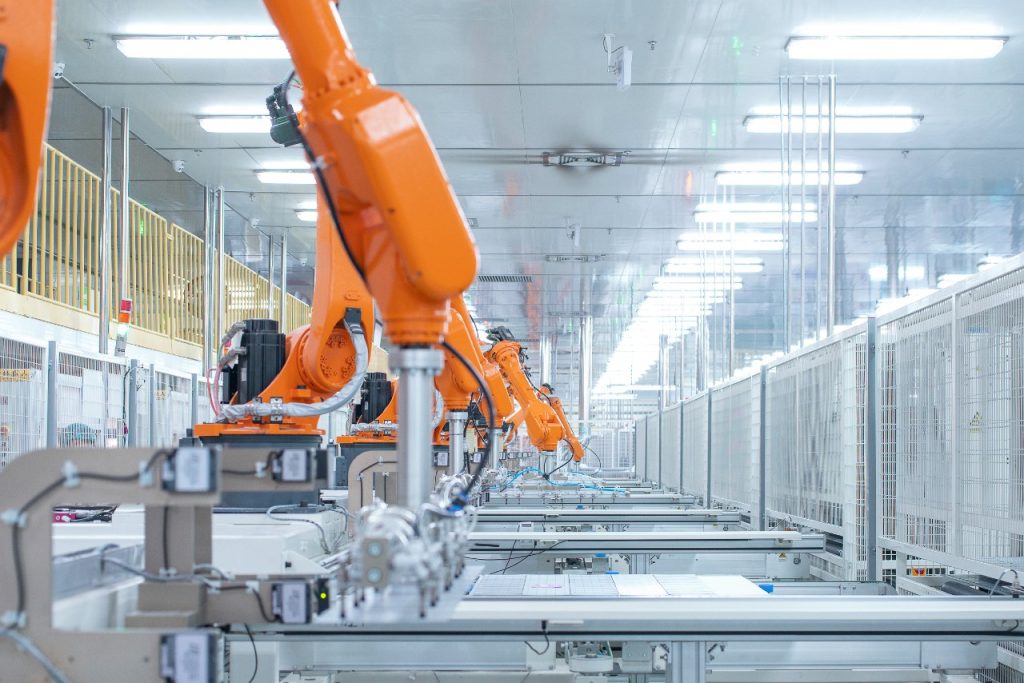The PV industry is undergoing a seismic shift, as discussed at the BloombergNEF Summit in Shanghai on Monday. Despite meeting expectations in terms of newly installed capacity, concerns about the overall health of the industry are emerging.

This year has brought significant changes to the PV industry. With polysilicon prices dropping below CNY 60/kg and module bidding prices falling below CNY 1 per watt, combined with setbacks in the secondary market, a prevailing sense of pessimism has settled in.
“At this point, we are entering the era of the ‘strongest internal competition’, and one should not expect high per-watt profitability in the coming year,” warns Dr. Shawn Qu, chairman and CEO of Canadian Solar, highlighting the intensity of the competition.
Gao Jifan, chairman of Trina Solar, suggests that while a decrease in module prices can be beneficial for market expansion, an excessively rapid decline is detrimental. He emphasizes the need for sustainable profits in the industry, stating that if the entire supply chain remains unprofitable, a new round of reshuffling might be imminent.
Balancing Challenges and Opportunities
Lu Chuan, chairman of Astronergy, acknowledges the global overachievement in PV installations, especially in the Chinese market. However, specific shipment figures for some companies fell slightly below initial plans due to seasonal fluctuations and accumulated inventory in the European market during the first two quarters.
JinkoSolar‘s chairman and CEO, Li Xiande, expresses a cautious outlook for the industry’s growth rate in the coming year, estimating it to be around 20-30%. Despite declining module prices, Li remains optimistic about profitability, asserting that integrated enterprises and those with technological cost advantages still have opportunities for earnings even if module prices drop to CNY 1 per watt.
According to data from the National Energy Administration (NEA), China’s solar installed capacity reached 143 GW in the first ten months of this year, marking a 145% YoY increase.
Projections from BloombergNEF analyst, Zhao Tianyi, estimate the country’s solar installed capacity to reach 195 GW by the end of this year, a 123% YoY increase.
Looking ahead, PV manufacturers are exploring ways to counter intense domestic competition.
Liu Shuqi, chairman and CEO of Tongwei, emphasizes the importance of strategic collaboration among industry leaders.
Lu Chuan advises that when raw material prices return to normal ranges, the real competition among enterprises will revolve around cell efficiency and non-silicon costs per watt—a strategic imperative for the manufacturing industry in the coming years.
Undoubtedly, despite facing challenges such as oversupply in the supply chain and price pressures in 2023, the PV industry maintains a high level of demand certainty.
Industry leaders like Gao Jifan and Li Xiande foresee the industry stepping into the TW era (terawatt era) around 2029 or 2030, signifying continued growth and evolution in the PV landscape.


